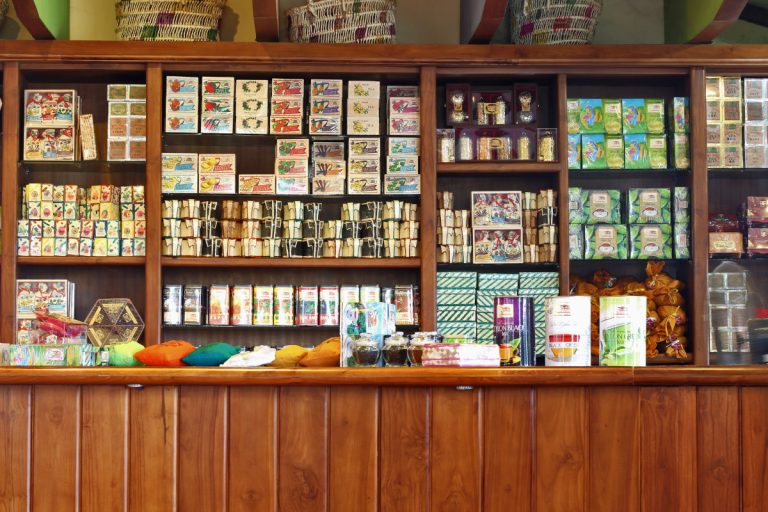Chupa Panza Tea has been steadily gaining popularity beyond its traditional Latin American roots.
The name translates to “belly sucker” in English.
Let’s take a look at its origins and the cultural significance of this tea.
Table of Contents
Origins and Cultural Significance
Chupa Panza Tea has its roots in various Latin American countries, primarily Mexico and the Central American region.
For centuries, recipes for this beverage have been passed down through various regions and generations, each having their unique twist and take on the recipe.
Ingredients
Chupa Panza Tea is a blend of various herbs, spices, and other botanicals.
Common ingredients include ginger, cinnamon, nutmeg, pineapple, flaxseed, and a variety of other herbs that are often sourced locally.
Although the recipes are generally quite similar, there are subtle regional differences, which means that different brands or preparations of Chupa Panza Tea are bound to be slightly different.
The tea has a rich flavor profile, which many people consider to be earthy, herbal, and spicy, with a hint of tropical sweetness.
Brewing Techniques
Generally, the herbs and spices are steeped in hot water for an extended period, which allows the flavors to meld together and makes for a boldly flavored tea.
The tea may then be strained, and in some cases, sweeteners such as honey or sugar are added.
The exact preparation methods may vary depending upon the recipe being used.

